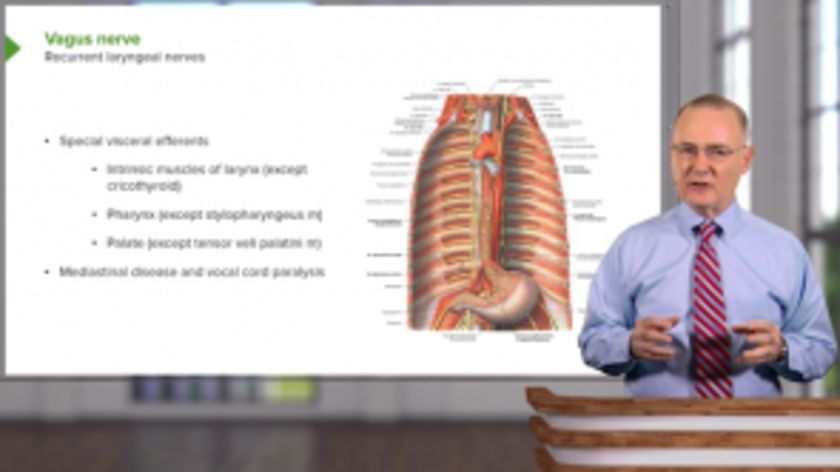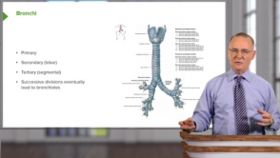Thoracic Viscera with Dr. Canby
Thoracic Viscera with Dr. Canby
Verkäufer
Länge
The thorax contains the cardiovascular and respiratory organs, which are required for immediate sustenance of life. It also facilitates the communication between the head and the abdomen by allowing passage to the esophagus and the gastrointestinal efferents of the vagus nerve.
In this course, the student will be introduced to the anatomy of the heart and great vessels; the mediastinum and the structures it encompasses; the trachea, lungs, and pleura; the esophagus; and the great vessels, including the vagus nerve.
For optimal comprehension, the student is encouraged to correlate the lessons of this course with their counterparts in histology, physiology, and embryology. Special emphasis should be given to the biophysical principles that explain fluid mechanics and positive and negative pressures.
Because of their immediate significance in the preservation of life, the organs of the thorax are a priority in any emergency scenario. For example, in basic and advanced cardiovascular life support, when resuscitation must take place, the first things that are assessed are the integrity of the airway (A), breathing (B), and circulation (C). There are a multitude of conditions that affect the organs of the thorax, including infectious entities (e.g., pneumonia), trauma (e.g., open pneumothorax), and malignancies (e.g., squamous cell carcinoma of the lung).
For a competent physician and nurse, a good understanding of the anatomy and physiology of the thorax is key to grasping the conditions that affect it and the indicated therapeutic measures for each, which allow for the provision of high-quality emergency care.











